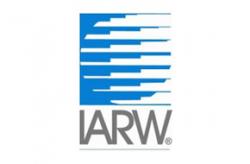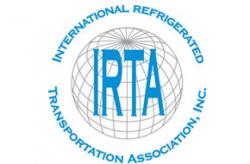How do you maintain product integrity from the loading dock to the staging area?
Recently, a member asked the GCCA Inquiry Service for specifics on dock temperature and adding a blast freezer in the staging area. WFLO Scientific Advisory Council Members Dr. Donald Fenton, Kansas State University and Kees Jan Roodbergen, University of Groningen, provided answers to these questions.
Question: We are designing our warehouse and going to have the staging area where the loading docks will be. What is the minimum temperature I can have on the loading docks that won’t affect our frozen products (seafood, blueberries, cranberries, french fries, frozen meats and perhaps ice cream)? Should I have a blast freezer in the staging area? I was thinking of keeping the loading docks at -1 degree Celsius (30.2 °F) and having a blast freezer at one location to freeze the product before bringing it in the freezer for storage.
Answer: It is normal for staging areas to have a temperature that is considerably higher than the required storage temperature for the product. The tolerance for higher temperatures in the staging area mostly depends on two factors: (1) the product itself and its packaging, and (2) how long products will be exposed to the higher temperatures.
In this case, complications appear when examining the products in question, especially the fish and ice cream. Both of these products have storage temperatures of about -11 °C (12.2 °F) and are intolerant of temperature fluctuations. When temperature fluctuations occur, even if only 2 °C (35.6 °F) outside the recommended storage temperature, the quality of the fish is reduced and ice crystal growth occurs in ice cream. These observations suggest that temperature fluctuations should be avoided, therefore making temporary storage on docks problematic because the temperature there is about 1 °C (33.8 °F).
Moving already frozen goods into storage quickly may be more important that having a blast freezer in the staging area. You may additionally want to actively monitor the time products stay in staging (for example, IT based, by automatically comparing scan time upon arrival and scan time upon storage in the rack), then generate notifications if the process takes too long for specific pallets. It’s also recommended to hire a professional engineer familiar with refrigerated warehouses and their design to consider all the operating constraints.



